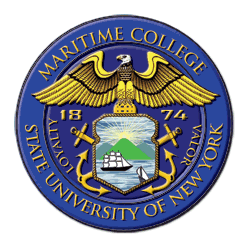Developer Turnover is a term that describes when a Developer/Builder of a new condominium project gives up control of the homeowners’ Association to a group of property owners who comprise the “Board of Directors”.
We can provide documentation by performing an inspection of the propety which can be compared to the report provided by the Developer.
The developer is also required under F.S. §718.301(4) (p), effective October 1, 2008, to provide a report, under seal of an architect or engineer authorized to practice in this state, attesting to required maintenance, useful life, and replacement costs of the following applicable common elements comprising a turnover inspection report:
1. Roof 2. Structure 3. Fireproofing and fire protection systems 4. Elevators 5. Heating and cooling systems 6. Plumbing 7. Electrical systems 8. Swimming pool or spa and equipment 9. Seawalls 10. Pavement and parking areas 11. Drainage systems 13. Painting 14. Irrigation systems. In essence, this report is a partial reserve studyFollowing transition, prudent unit owner-controlled boards will engage a competent independent engineer to ascertain whether:
A. The buildings and improvements are built in accordance with the building codes in effect at the time the building permits were issued. B. The buildings and improvements are built in accordance with approved plans and specifications. C. The buildings and improvements are built in a good and workmanlike manner. D. There are no design defects from the failure of a design professional to properly design, inspect, and supervise when there was a responsibility to do so. E. A developer is deemed to have given a statutorily implied warranty of fitness and merchantability. The warranty is for a period of three years from the date of the building’s certificate of occupancy (C.O.) or one year from transition, whichever is later, but not more than five (5) years.The Statutes of Limitations do not begin to run until the date of transition. Accordingly, even if transition was to take place seven years after the condominium was C.O.’ed, the time frame for initiating a warranty action would not commence until the date of transition and would run for four (4) years. The plaintiff would have the burden of showing that the alleged defects arose during the warranty period.
Commencing May, 2003, the Florida Legislature adopted a statutory scheme requiring notice of opportunity to cure before a claim for construction defects can be filed in Court. This statutory scheme is know as Chapter 558 Florida Statutes. It requires the Association to give notice in reasonable detail of defects to potentially responsible parties and an opportunity to inspect and cure those defects. As applied to Associations having more than 20 units, a potentially responsible party has 50 days from receipt of a Notice of Claim to inspect the improvements and 75 days to respond to the Notice of Claim. A response can include a monetary offer to resolve the claim, an offer to do work to resolve the claim, a denial of the claim or a potentially responsible party may forward the claim on to its insurance carrier. There is no sanction if a potentially responsible party receiving a Notice of Claim fails to take any action in response to the claim. The service of the Notice of Claim and waiting 75 days for response (and denying an offer to settle if one is made) are prerequisites to filing a lawsuit.
If you wish to receive a cost quote for your property please send an email request.
There is no obligation and all information is kept strictly confidential.


